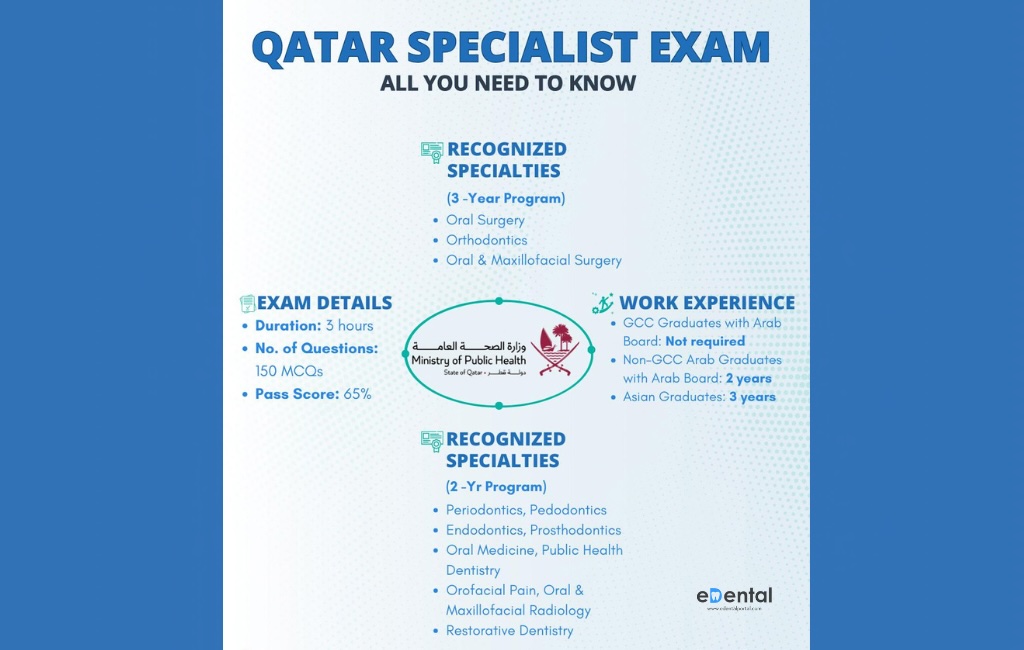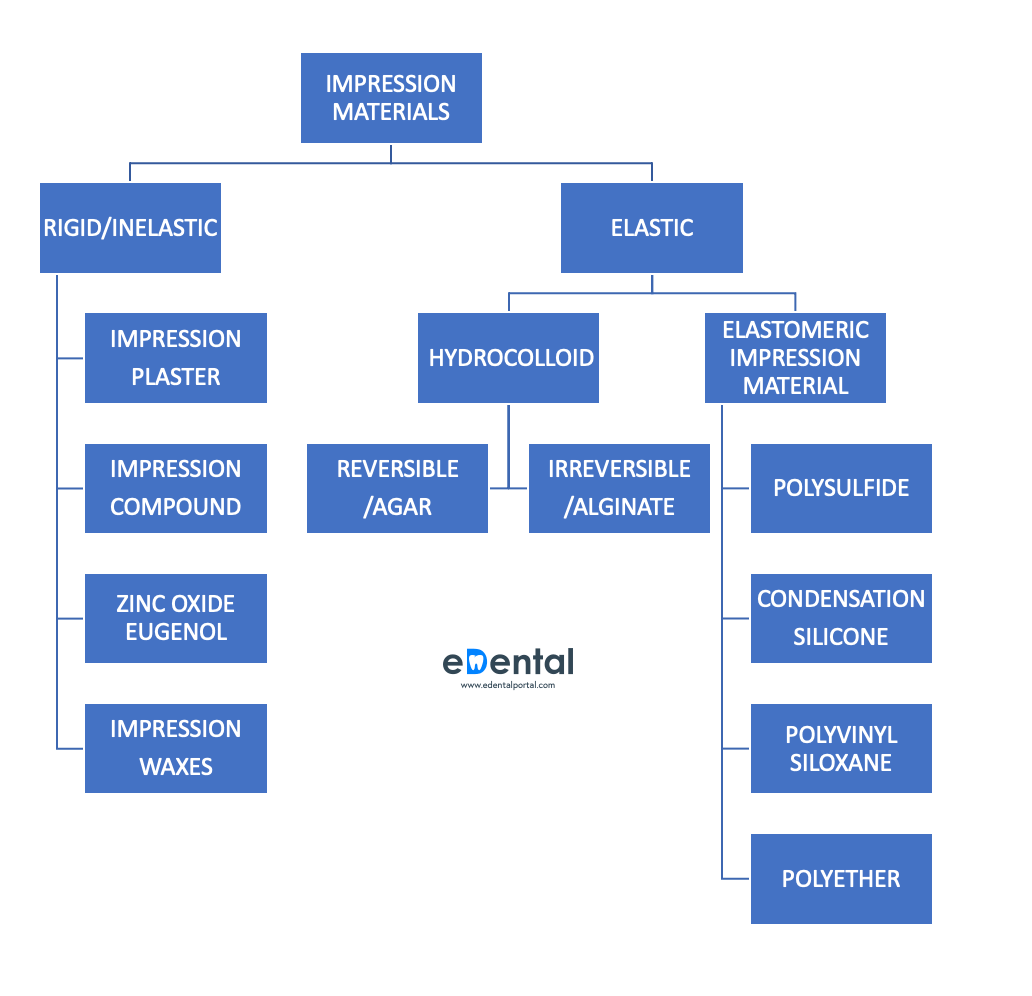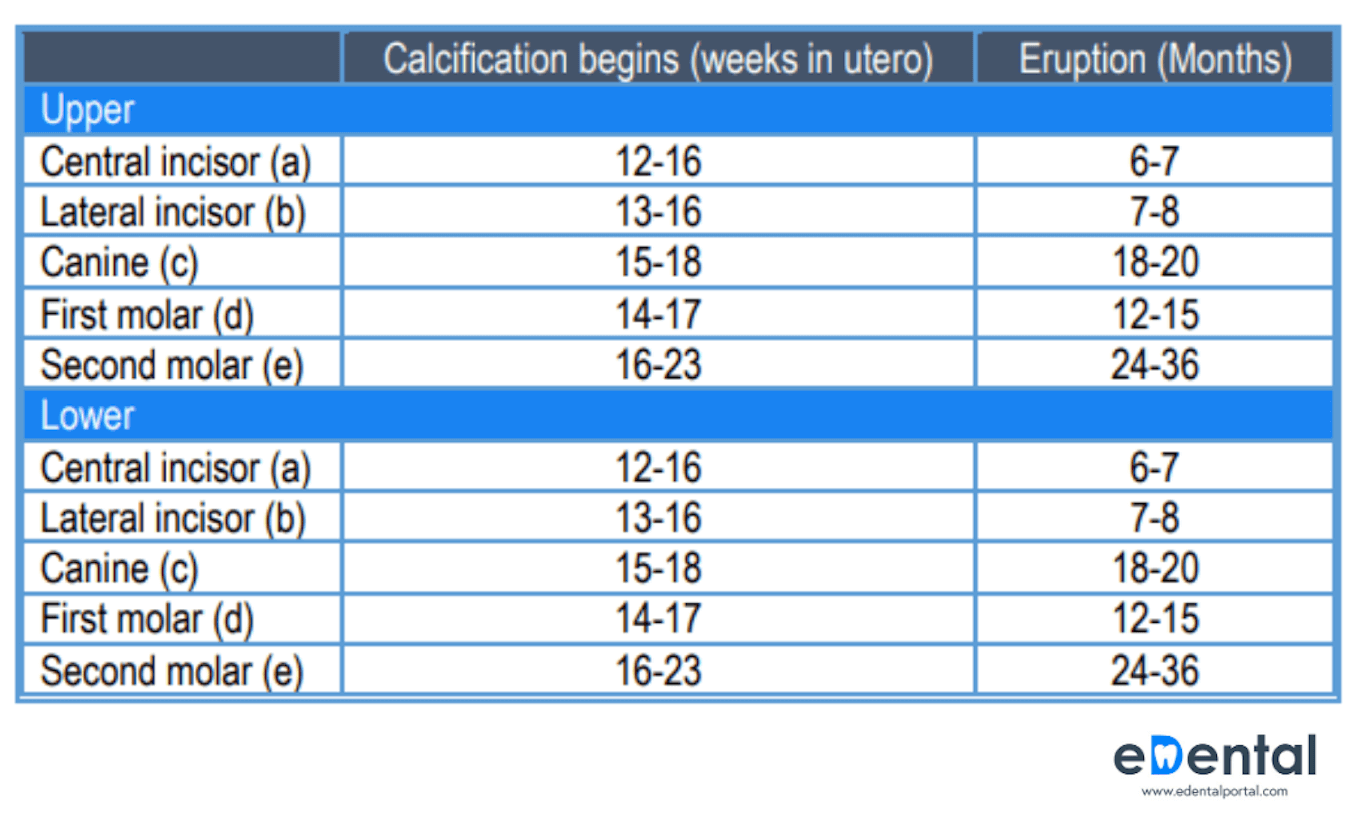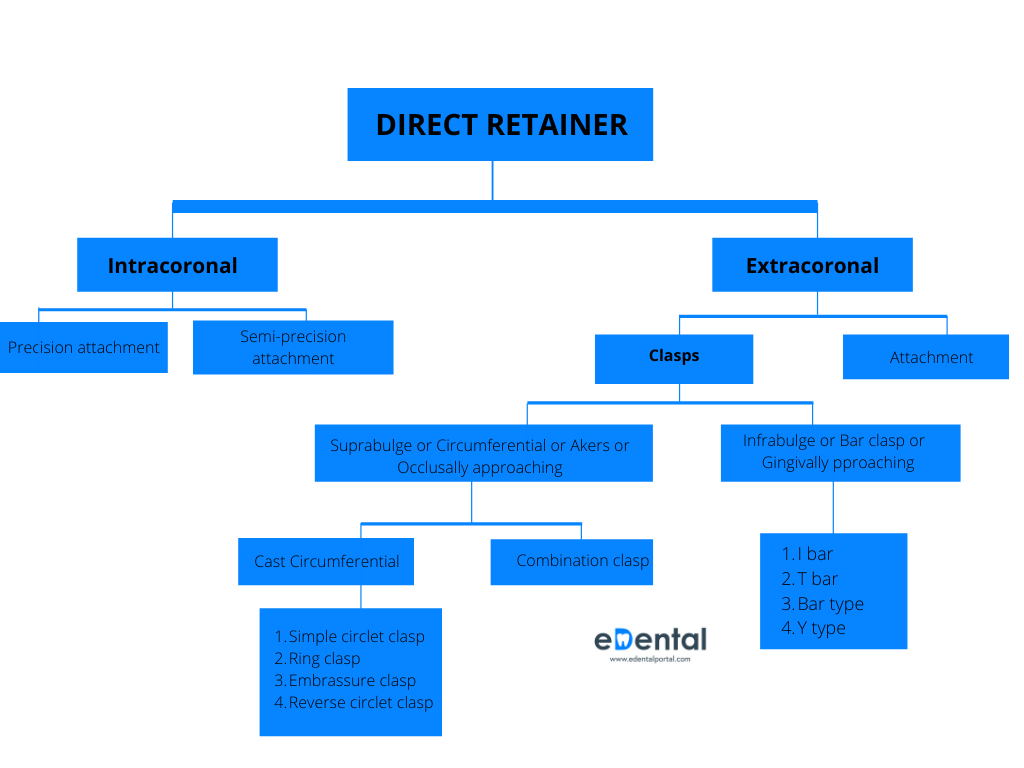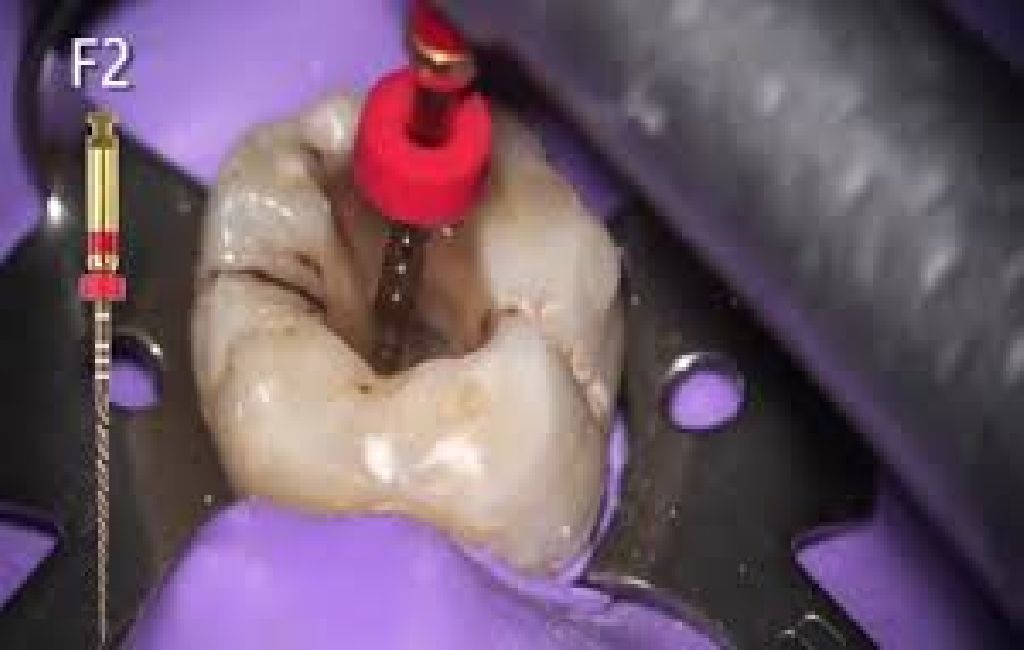
Kennedy Classification and Applegate's Rules in RPD
On 12-04-2021 | Read time about 9 Minutes
Removable partial denture is a prosthesis that replace some missing teeth in the maxilla or/and mandible. They can be removed by the will of the patient.
For planning a prosthesis, the partial edentulous arch needs to be classified to make them easier for diagnosing, planning, communicating and designing a denture.
Kennedy Class I: Bilaterally located edentulous spaces, posterior to natural teeth.
-
Direct retention: Kennedy Class I dentures are generally tooth and tissue supported. They get retention from the tissue as well as the abutment teeth.
-
Clasps: two retentive clasps are placed on each abutment which is always the last tooth near the edentulous space. The type of clasp depends on the location of undercut. To more learn about about Clasps used in RPD designing, check this page.
-
Rests: teeth selected for rest should provide maximum support to the prosthesis and are generally placed next to the edentulous space.
-
Major connector: they connect all other components of the partial denture. They are generally antero posterior palatal strap or full palate for the maxilla and lingual bar or lingual plate for the mandible.
Kennedy Class II: A unilateral edentulous space located posterior to the remaining natural teeth.
In a Kennedy Class II scenario, the edentulous space is similar to class I but present only on one side of the arch. The partial denture is designed as follows:
- Direct retention: they are tooth and tissue supported. They get support from tissue as well as the abutment teeth.
- Clasps: three retentive clasps are placed. One on the abutment teeth on the edentulous side and two on the opposite dentulous side.
- Rests: teeth selected for rest should provide maximum support to the prosthesis and are generally placed next to the edentulous space. To more learn about about Clasps used in RPD designing, check this page.
- Major connector: they connect all the components of the denture. They are generally anteroposterior palatal strap in the maxilla and horse-shoe, lingual bar or lingual plate in the mandible.
Kennedy Class III: A unilateral edentulous space with natural teeth remaining both anterior and posterior to it.
- Direct retention: retention can be achieved from abutment teeth on either side of the edentulous area.
- Clasps: 4 clasps are placed in a quadrilateral position to get maximum support and prevent the denture for dislodging.
- Rests: teeth selected for rest should provide maximum support to the prosthesis and are generally placed next to the edentulous space.
- Major connector: they generally use palatal strap or palatal bar for maxilla and lingual bar for the mandible.
Class IV: A single, but bilateral (crossing the midline), edentulous space located anterior to the remaining natural teeth.
Applegate’s rule for Kennedy Classification
Rule 1: Classification should follow rather than precede any extractions of teeth that might alter the original classification.
Rule 2: If a third molar is missing and is not to be replaced, it is not considered in the classification.
Rule 3: If a third molar is present and is to be used as an abutment, it is considered in the classification.
Rule 4: If a second molar is missing and is not to be replaced, it is not considered in the classification (e.g., if the opposing second molar is likewise missing and is not to be replaced).
Rule 5: The most posterior edentulous area (or areas) always determines the classification.
Rule 6: Edentulous areas other than those that determine the classification are referred to as modifications and are designated by their number.
Rule 8: No modification areas can be included in Class IV arches.
Merits and demerits of Kennedy classification
Merits
- The classification is simple and universally acceptable.
- They make writing and diagnosing the condition of the oral cavity in which missing teeth are to be replaced easier.
- They permit visualization of the type of edentulous arches considered without clinically checking them.
- Classification is based on the relationship of the edentulous spaces to the abutment teeth so type of support can be easily determined.
- The number and location of edentulous spaces can be identified.
- The classification provides design for each class. Guidelines and principals for each class have been proposed.
Demerits
- They do not indicate the number of missing teeth in each edentulous area.
- Assessment of the hard and soft tissue status are not included in the classification.
- They do not indicate the position of individual tooth.
- They do not permit assessment of occlusion.
Latest Posts

FREE PROMETRIC PRACTICE TESTS
Try out the most relevant Prometric mock test questions for Dental exams here.
ENROLL NOW



